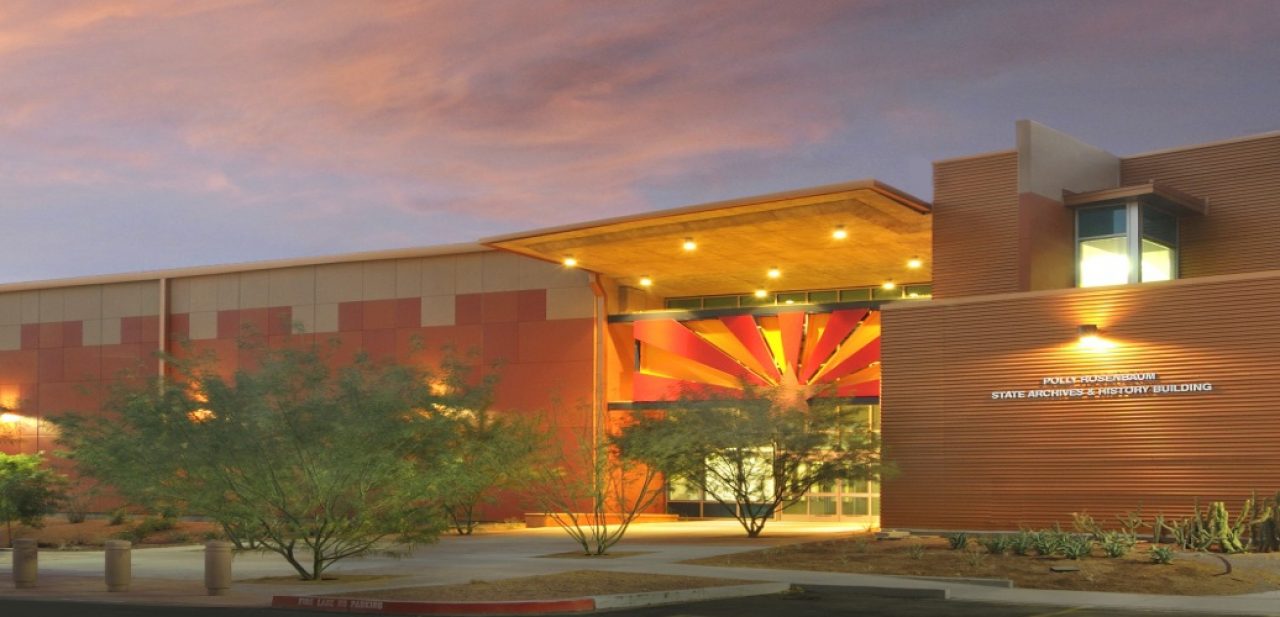Well, not anymore. It was true in 1913, though. Section 4766 of the 1913 Civil Code stated:

The exemption did not apply to medical doctors or optometrists, who were also regulated by the 1913 Code. However, Section 4810 made pharmacists exempt from jury  duty too.
duty too.
Although the provisions regulating dentistry were amended multiple times, the jury duty exemption didn’t appear again. The legislative practice at the time seems to have been to repeal entire articles and adopt new language rather than amend existing laws. That’s what happened at Laws 1929, Chapter 11 (pp. 23-32 {81-90}) and again at Laws 1935, Chapter 24 (pp. 42-57 {102-117}).
The pharmacists still had their exemption in 1935 (Laws 1935, Chapter 25, §23 {p. 87 [147]}), in 1951 (Laws 1951, Chapter 73 {pp. 172-195 [220-243]}), and in the 1952 Supplement to the 1939 Code (Section 67-1524), but it disappeared when the Arizona Revised Statutes was compiled in 1956 and the provisions governing pharmacists were renumbered to appear where they do now, starting at A.R.S. §§32-1901. You can read the Session Laws and the Journals that record legislative action here.
 Dentists are now regulated by the Board of Dental Examiners. The statutes start at Arizona Revised Statutes §§32-1201. In addition, regulatory rules add details to the licensing procedure and include other professions related to dentistry.
Dentists are now regulated by the Board of Dental Examiners. The statutes start at Arizona Revised Statutes §§32-1201. In addition, regulatory rules add details to the licensing procedure and include other professions related to dentistry.
As you can see from these old ads from the 1955-1956 Arizona Dental Journal, dentistry has changed a lot. You can see some of those changes by viewing the regulations from 1974 in our collection, the Substantive Policy Statements from the Arizona State Board of Dental Examiners, and the Procedural Reviews from the Arizona Office of the Auditor General.




 In 1923 she was a candidate for Speaker of the House but withdrew in favor of Dan Jones of Maricopa County “in the best interests of Democracy and the State of Arizona”. In addition, she served for 8 years on the Board of Visitors of Tempe Normal School (which later became Arizona State University), as a member of the
In 1923 she was a candidate for Speaker of the House but withdrew in favor of Dan Jones of Maricopa County “in the best interests of Democracy and the State of Arizona”. In addition, she served for 8 years on the Board of Visitors of Tempe Normal School (which later became Arizona State University), as a member of the 